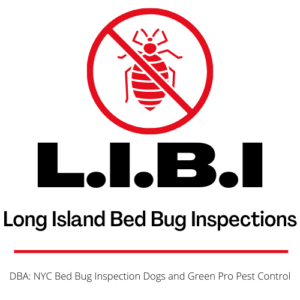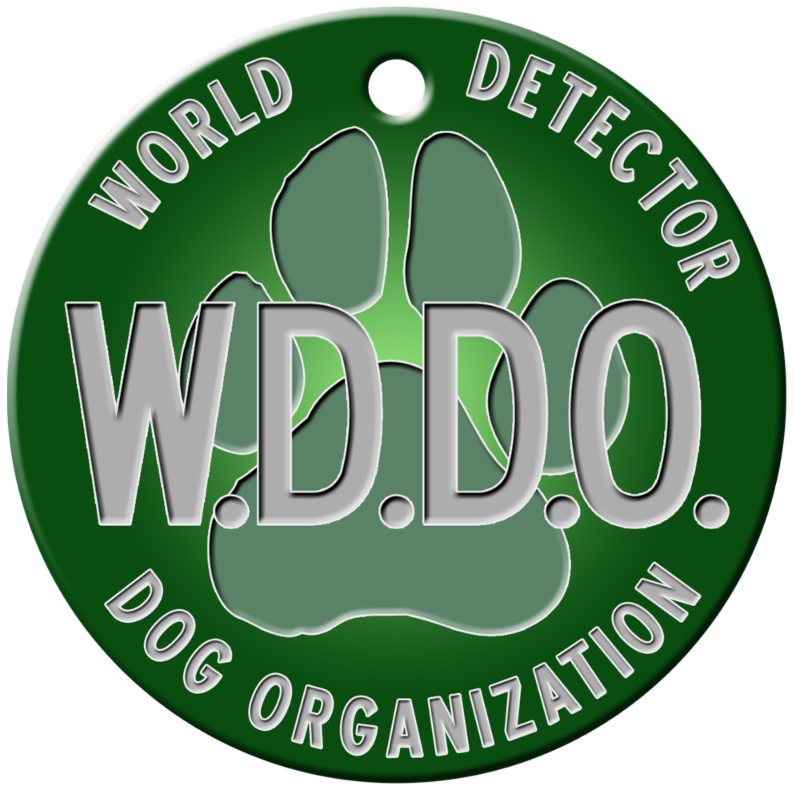With the new year well and truly under say it seems like a good time for a short refresher course on identifying bed bugs. The winter cold may have slowed these blood-sucking pests down a bit, but that’s only temporary. It won’t be long before spring is here and bed bugs go back on the move. Being able to accurately identify bed bugs and spot them in your home is a critical first step in avoiding a costly home infestation.
Getting to Know Your Bed Bugs
Before we get into the nuts and bolts of identification we should talk a little about the characteristics and general behavior of these pests. Bed bugs are small, wingless insects. They have flat, oval-shaped bodies and are typically reddish-brown or light brown in color. A fully grown bed bugs measures about 4 to 5 millimeters in length or, for easy comparison, about the size of an apple seed.
Bed bugs are primarily active at night. They are attracted to warmth and the carbon dioxide that humans emit while asleep. Beds and bedroom are their preferred hunting grounds but they are often found in other parts of the home. Particularly when infestations are severe. Bed bugs are parasites and they feed on the blood of their human hosts.
Common Signs of a Bed Bug Infestation
Spotting a potential bed bug invasion is not as daunting as it seems. As long as you know what to watch for you can often successfully address the infestation before it gets out of hand. Some key indicators to look out for include:
- Bed Bug Bites – While not always reliable, bed bug bites can be an early indication of a growing infestation. Bed bug bites typically present as red itchy welts in clusters on exposed skin. The most common areas of the body include the face, neck, arms and legs. It’s important to note, however, that reactions to bed bug bites vary considerably among individuals. Some people have no reaction at all while others may experience severe allergic responses.
- Musty Odor – Bed bugs release pheromones which leave a distinct musty odor in heavily infested areas. If you notice a sweet musty smell in your bedroom it could be indicative of a growing infestation.
- Blood Stains – When bed bugs feed on their human hosts they often leave small bloodstains on nearby surfaces. These stains may appear as tiny dots or smears and are typically reddish-brown in color.
- Fecal Stains – Fecal stains are a common sign of bed bug activity. These appear as dark brown or black spots or smears and may be present on bedding, mattress seams, and other infested areas.
- Eggshells – Bed bugs lay translucent pearl-white eggs which are about 1 millimeters in length. They are often found in clusters around bed bug hiding places.
- Exoskeletons – As bed bugs develop through their life cycle they shed their exoskeleton leaving behind empty casings. These shed skins can appear pale yellow and can accumulate in areas where bed bugs gather.
How to Confirm a Bed Bug Infestation
If you suspect you may have a growing bed bug problem in your home you’ll want to confirm the infestation so you can decide how to address the issue. The following tips will help you confirm the presence of bed bugs:
- Visual Inspection – Conduct a thorough examination of the most common hiding places for bed bugs. These include mattresses, bed springs, bed frames, headboards and nearby furniture. Look for live bed bugs, shed exoskeletons, and blood or fecal stains.
- Bed Bug Traps – Commercial bed bug traps or interceptors can help capture stray bed bugs and confirm an infestation. Place the traps beneath bed legs and under upholstered chairs and sofas for best results.
- Professional Inspections Services – If you suspect you have a growing bed bug infestation on your hands you should consider calling in a licensed bed bug inspection and removal service. They can conduct a thorough inspection of your home and assess the severity of the infestation.
Battling Bed Bugs in Your Home
Identifying bed bugs is the first step in successfully eliminating an infestation. By familiarizing yourself with the signs of bed bug activity and the tell-tale symptoms of bed bug infestations you are in a better position to take the necessary steps to protect your home and your family. Early detection is the key to successfully battling bed bug infestations and maintaining a pest-free home.
Published by Scott Palatnik
If you believe you’ve brought bed bugs into your home or office give us a call. We can Help!
Now with 2 locations. On Long Island @516-619-6149 or in NYC @ 212-299-9186
We are Long Island Bedbug Inspections.
Your Bedbug Inspection and Elimination Solution.


